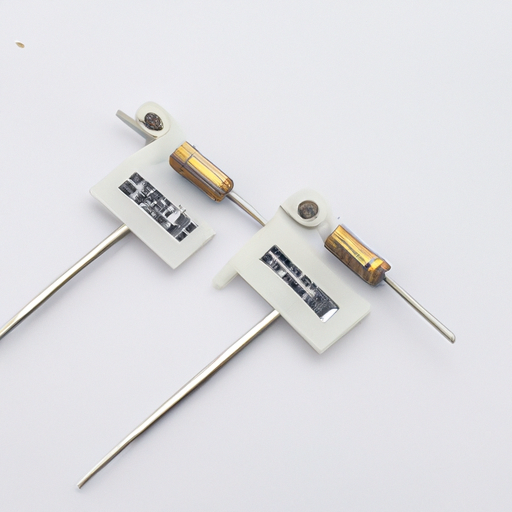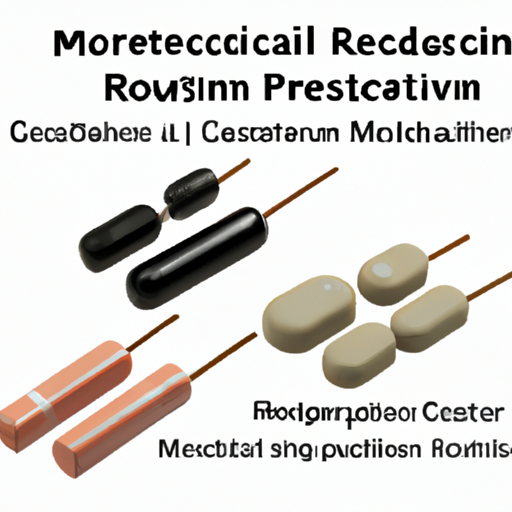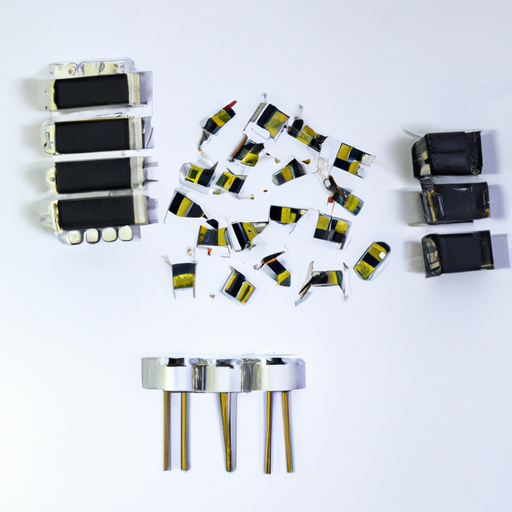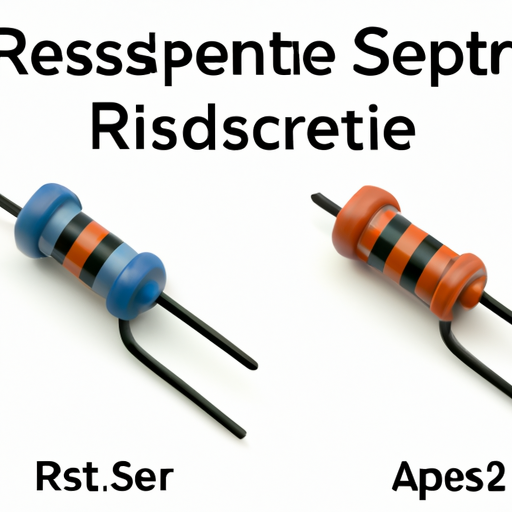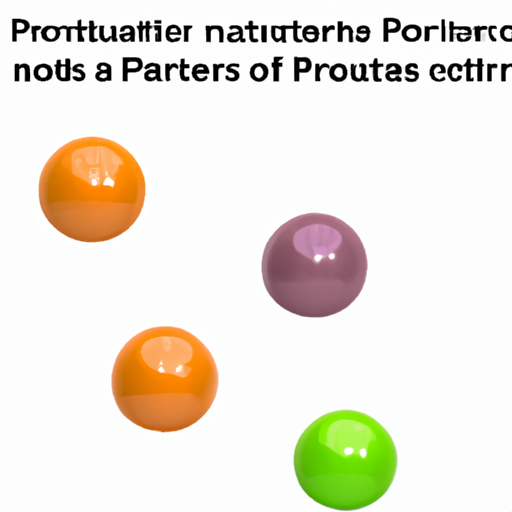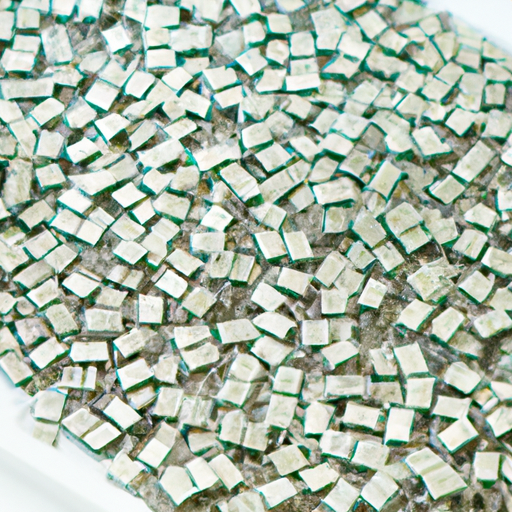What Kind of Product is Resistor Wiring?
I. Introduction
In the world of electronics, resistors play a crucial role in the functionality of circuits. Resistor wiring, a term that encompasses the arrangement and connection of resistors within a circuit, is fundamental to the operation of countless devices we use daily. This article aims to explore what resistor wiring is, its components, applications, and the best practices for installation and maintenance. By the end, readers will have a comprehensive understanding of this essential aspect of electrical engineering.
II. Understanding Resistors
A. What is a Resistor?
A resistor is a passive electrical component that limits the flow of electric current in a circuit. Its primary function is to provide resistance, which is measured in ohms (Ω). Resistors are essential for controlling voltage and current levels, ensuring that electronic components operate within their specified limits.
1. Definition and Function
The primary function of a resistor is to impede the flow of current. This is crucial in protecting sensitive components from excessive current that could lead to damage. Resistors can also be used to divide voltages, allowing for the proper functioning of various circuit elements.
2. Types of Resistors
There are several types of resistors, each serving different purposes:
Fixed Resistors: These have a constant resistance value and are the most common type used in circuits.
Variable Resistors: Also known as potentiometers or rheostats, these allow users to adjust the resistance value, making them ideal for applications like volume controls.
Specialty Resistors: These include thermistors (temperature-sensitive), photoresistors (light-sensitive), and others designed for specific applications.
B. The Role of Resistors in Electrical Circuits
Resistors serve multiple functions in electrical circuits:
1. Current Limiting
By providing resistance, resistors limit the amount of current that can flow through a circuit. This is essential for protecting components from damage due to excessive current.
2. Voltage Division
Resistors can be arranged in series to create a voltage divider, allowing for the distribution of voltage across multiple components. This is particularly useful in sensor applications where different voltage levels are required.
3. Signal Conditioning
In signal processing, resistors help shape and filter signals, ensuring that the output is suitable for further processing or transmission.
III. Resistor Wiring Explained
A. Definition of Resistor Wiring
Resistor wiring refers to the arrangement and connection of resistors within an electrical circuit. This includes how resistors are wired together, the materials used for wiring, and the connectors that facilitate these connections.
B. Components of Resistor Wiring
1. Resistors
The resistors themselves are the primary components of resistor wiring. Their values and types will depend on the specific requirements of the circuit.
2. Wiring Materials
The materials used for wiring can significantly impact the performance of a circuit. Common materials include:
Copper: Known for its excellent conductivity, copper is the most widely used material for electrical wiring.
Aluminum: While less conductive than copper, aluminum is lighter and often used in larger installations.
3. Connectors and Terminals
Connectors and terminals are essential for establishing secure connections between resistors and other circuit components. They come in various forms, including soldered joints, screw terminals, and plug connectors.
C. Types of Resistor Wiring Configurations
Resistor wiring can be configured in several ways, each with its advantages and applications:
1. Series Wiring
In series wiring, resistors are connected end-to-end, and the total resistance is the sum of the individual resistances. This configuration is useful for applications requiring a specific voltage drop across each resistor.
2. Parallel Wiring
In parallel wiring, resistors are connected across the same voltage source, and the total resistance is reduced. This configuration allows for increased current flow and is often used in power distribution systems.
3. Combination Wiring
Combination wiring involves both series and parallel configurations, allowing for greater flexibility in circuit design. This is commonly used in complex electronic devices.
IV. Applications of Resistor Wiring
Resistor wiring is integral to various applications across multiple industries:
A. Consumer Electronics
1. Audio Equipment
In audio devices, resistors are used for volume control, tone adjustment, and signal processing, ensuring high-quality sound output.
2. Home Appliances
Many household appliances, such as microwaves and washing machines, rely on resistor wiring for controlling motors and heating elements.
B. Industrial Applications
1. Automation Systems
In industrial automation, resistors are used in control circuits to manage the operation of machinery and equipment.
2. Robotics
Robots utilize resistor wiring for sensor integration and motor control, enabling precise movements and actions.
C. Automotive Applications
1. Engine Control Units
Modern vehicles use resistor wiring in engine control units (ECUs) to monitor and manage engine performance, fuel efficiency, and emissions.
2. Lighting Systems
Resistors are essential in automotive lighting systems, ensuring that lights operate at the correct voltage and current levels.
D. Telecommunications
1. Signal Processing
In telecommunications, resistors are used in signal processing circuits to filter and amplify signals, ensuring clear communication.
2. Network Equipment
Resistor wiring is crucial in network devices, such as routers and switches, to manage data flow and maintain signal integrity.
V. Selecting the Right Resistor Wiring
Choosing the appropriate resistor wiring is vital for ensuring optimal circuit performance. Here are some factors to consider:
A. Factors to Consider
1. Resistance Value
The resistance value must match the requirements of the circuit to ensure proper functionality.
2. Power Rating
Resistors have power ratings that indicate the maximum power they can dissipate without overheating. Selecting a resistor with an appropriate power rating is crucial for reliability.
3. Tolerance
Tolerance indicates how much the actual resistance can vary from the specified value. Choosing resistors with the right tolerance is essential for precision applications.
4. Temperature Coefficient
The temperature coefficient indicates how much the resistance changes with temperature. This is important in applications where temperature fluctuations are expected.
B. Common Mistakes to Avoid
1. Underestimating Power Requirements
One common mistake is underestimating the power requirements of a circuit, leading to resistor failure. Always calculate the expected power dissipation to select the right resistor.
2. Ignoring Environmental Factors
Environmental conditions, such as humidity and temperature, can affect resistor performance. Consider these factors when selecting resistor wiring for specific applications.
VI. Installation and Maintenance of Resistor Wiring
Proper installation and maintenance of resistor wiring are essential for ensuring long-term reliability and performance.
A. Best Practices for Installation
1. Proper Soldering Techniques
Using the right soldering techniques is crucial for creating secure connections. Ensure that solder joints are clean and free of contaminants.
2. Ensuring Secure Connections
All connections should be tight and secure to prevent intermittent failures. Regularly check connections during maintenance.
B. Maintenance Tips
1. Regular Inspections
Conduct regular inspections of resistor wiring to identify any signs of wear or damage. This can help prevent failures before they occur.
2. Identifying Signs of Wear or Failure
Look for signs such as discoloration, overheating, or physical damage to resistors and wiring. Addressing these issues promptly can extend the lifespan of the circuit.
VII. Innovations in Resistor Wiring
The field of resistor wiring is continually evolving, with advancements in materials and technology.
A. Advances in Materials and Technology
1. Surface Mount Technology (SMT)
SMT allows for smaller and more efficient resistor designs, making it easier to integrate resistors into compact electronic devices.
2. Flexible Resistors
Flexible resistors are emerging as a new technology, enabling the development of bendable and wearable electronics.
B. Future Trends in Resistor Wiring
1. Smart Resistors
The future may see the development of smart resistors that can adapt their resistance based on real-time conditions, enhancing circuit performance.
2. Integration with IoT Devices
As the Internet of Things (IoT) continues to grow, resistor wiring will play a critical role in connecting and managing smart devices.
VIII. Conclusion
Resistor wiring is a fundamental aspect of electrical engineering that underpins the functionality of countless devices. Understanding its components, applications, and best practices for selection and maintenance is essential for anyone involved in electronics. As technology continues to advance, the role of resistor wiring will only become more significant, paving the way for innovative applications in various fields. We encourage readers to explore this topic further and stay informed about the latest developments in resistor technology.
IX. References
For those interested in delving deeper into the subject of resistor wiring, consider exploring the following resources:
- "The Art of Electronics" by Paul Horowitz and Winfield Hill
- "Electronic Principles" by Albert Malvino and David Bates
- Industry standards from organizations such as the Institute of Electrical and Electronics Engineers (IEEE) and the International Electrotechnical Commission (IEC).
These resources provide valuable insights into the principles and practices of resistor wiring and its applications in modern electronics.

